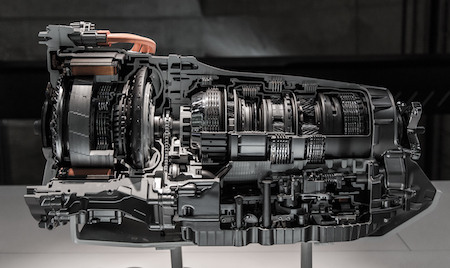 Question: My friend just had a very expensive transmission repair, how can drivers like myself avoid transmission trouble?
Question: My friend just had a very expensive transmission repair, how can drivers like myself avoid transmission trouble?
Express Car Care Answer: Next to your engine, your transmission is the most important component in your vehicle – so you and your fellow drivers want to do all you can to avoid transmission repairs.
Drivers may have noticed a recent trend of engines becoming more and more powerful. At the same time, fuel economy has been improving in nearly every motor vehicle. More power and better economy have always been a high priority. Some of the improvement in fuel economy has been due to engine design, but more of the increases can be credited to advances in transmission technology.
Every engine has a sweet spot in which it most efficiently makes power. This is often referred to by technicians as the power band – the optimal engine speed ( measured in revolutions per minute, or RPM). The computers that control what gear your automatic transmission is in also try to keep it in the right gear in order to maintain optimal engine speed – whatever your driving conditions. Modern automatic transmissions have anywhere between four and ten speeds. The more “speeds” your transmission has, the more time your engine can operate at peak efficiency. Needless to say, transmissions have become more sophisticated.
Transmissions are cooled and lubricated by transmission fluid. This pressurized fluid is directed through small passages to effect gear changes. When transmission fluid gets old and contaminated, the small passages can become plugged, which adversely affects shifting. The dirty fluid circulating in the transmission can eat away at gaskets and seals, causing internal leaks that also hurt shifting. This is why it is recommended that transmissions be serviced from time to time. The interval varies by vehicle, so check your owner’s manual or speak with your friendly and knowledgeable Express Car Care service adviser about your transmission service recommendations.
Old, contaminated fluid is removed and new fluid is installed. Keeping up with the manufacturer’s recommended service schedule helps prevent internal damage that may result in a transmission rebuild. Let us help you extend the life of your vehicle and prevent repairs with recommended preventative maintenance service.

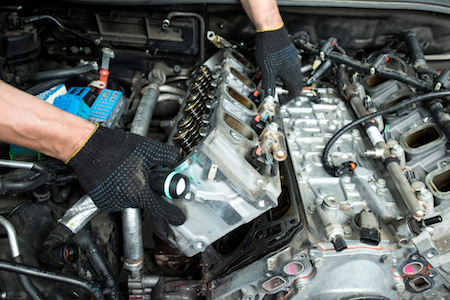
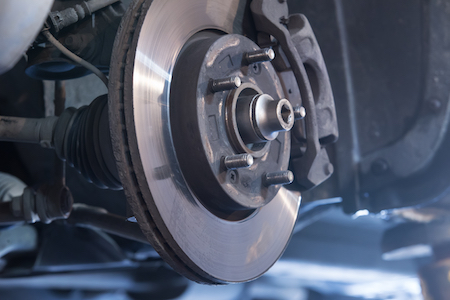 Let’s talk a bit about how anti-lock brakes work. If you think back to your lessons in drivers ed, you might remember how they taught you to take control over your car if you hit a patch of ice. If the brakes won’t work and you slide, pump the brakes instead by pressing down on the brake pedal and letting go, over and over again. This helps your tires look for traction instead of continuing to slide.
Let’s talk a bit about how anti-lock brakes work. If you think back to your lessons in drivers ed, you might remember how they taught you to take control over your car if you hit a patch of ice. If the brakes won’t work and you slide, pump the brakes instead by pressing down on the brake pedal and letting go, over and over again. This helps your tires look for traction instead of continuing to slide.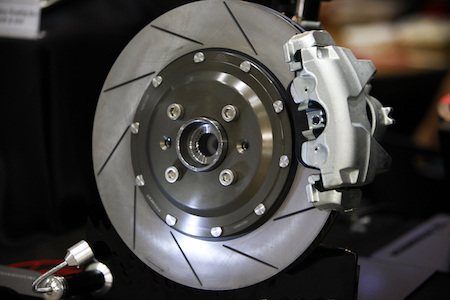
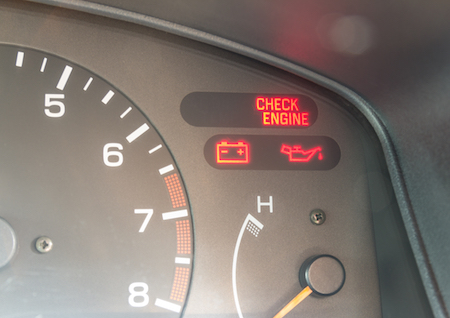
 Express Car Care Question: I was driving on the freeway in Colorado and the engine on my vehicle started to get hot. I turned off my air conditioner and was able to drive the short distance to my meeting and then found a shop in Denver. It turns out that my water pump was leaking. It cost me hundreds of dollars to get it fixed. Is there anything I could have done to avoid this?
Express Car Care Question: I was driving on the freeway in Colorado and the engine on my vehicle started to get hot. I turned off my air conditioner and was able to drive the short distance to my meeting and then found a shop in Denver. It turns out that my water pump was leaking. It cost me hundreds of dollars to get it fixed. Is there anything I could have done to avoid this?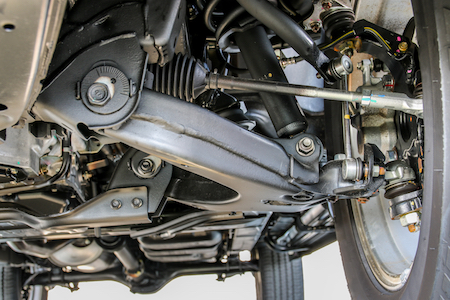

 Steering is one of the things we take for granted in our vehicles. Let’s break it down into two areas: First, the power assist and second the actual parts that steer the vehicle.
Steering is one of the things we take for granted in our vehicles. Let’s break it down into two areas: First, the power assist and second the actual parts that steer the vehicle.